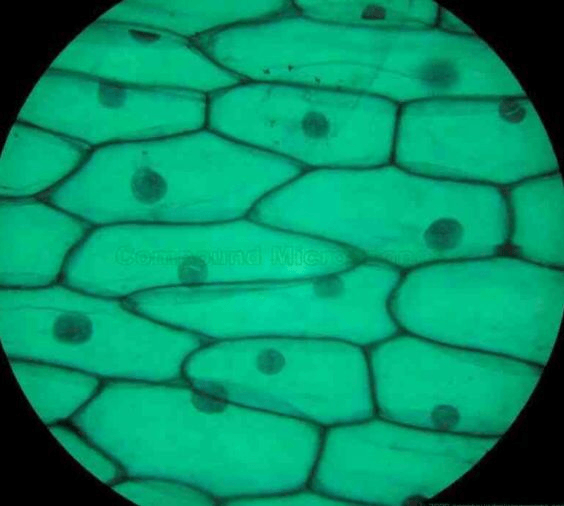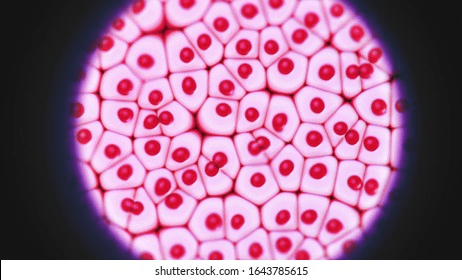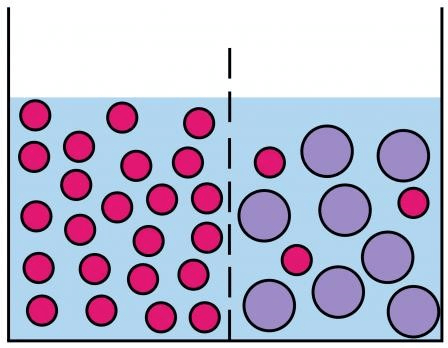This organelle controls what enters or leaves the cell
cell membrane or plasma membrane
Cell wall
Macromolecule that aids in communication between cells. It looks like an antennae stuck to the outside of the cell membrane.
Food coloring spreading into water is an example of this type of transport. (Active or Passive)
Passive
Converting light energy to glucose (sugar)
Photosynthesis
Cell reproduction for prokaryotic cells.
binary fission
What is the function of the mitochondria
Generates energy (ATP)
This is the site of photosynthesis
the chloroplast
Monomers for proteins.
amino acids
Name the tonicity (hypertonic, hypotonic, or isotonic) of the solution when a cell is soaked in saltwater.
What will happen to the cell in this environment?
hypertonic
cell will shrink
2 reactants of photosynthesis.
water and carbon dioxide
Causes genetic variation in meiosis when chromosomes mix genes.
crossing over or recombination

Chloroplast
Cell with no nucleus or organelles?
Prokaryotic cell
Environmental factor that might denature an enzyme.
heat, pH, or salinity
When the cell needs to use energy to move things across the membrane against the concentration gradient.
Active transport
2 reactants of cellular respiration
glucose and oxygen
Type of cell reproduction for growth and reproduction of body or somatic cells.
mitosis
The control center of the cell
Nucleus
3 organelles responsible for turgor pressure in a plant cell
cell membrane, central vacuole, and cell wall
Ear wax is a type of this macromolecule.
Lipid or Fat
A type of active transport that helps large molecules exit the cell wrapped in a vesicle.
Exocytosis
What is the main purpose of cellular respiration?
To convert sugars into ATP
Cell reproduction that ends with 2 daughter cells that are genetically identical.
binary fission and mitosis
Oxygen
Where does cellular respiration take place?
The Mitochondria
Monosaccharide example of a carbohydrates that is necessary for cellular respiration.
glucose
Which way will the pink water molecules diffuse?

To the right
Number of ATP's generated for every 1 glucose molecule cycled during cellular respiration.
38 ATP
Other words used for identical daughter cells.
genetic continuity